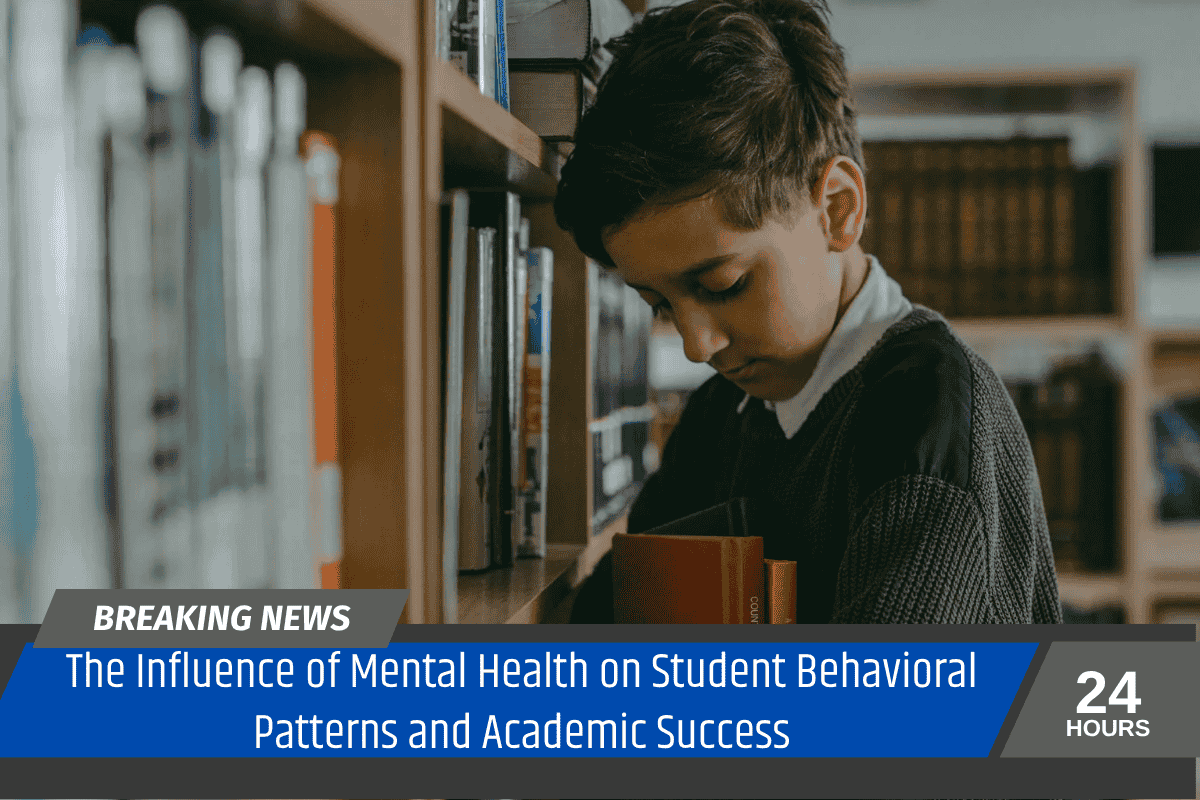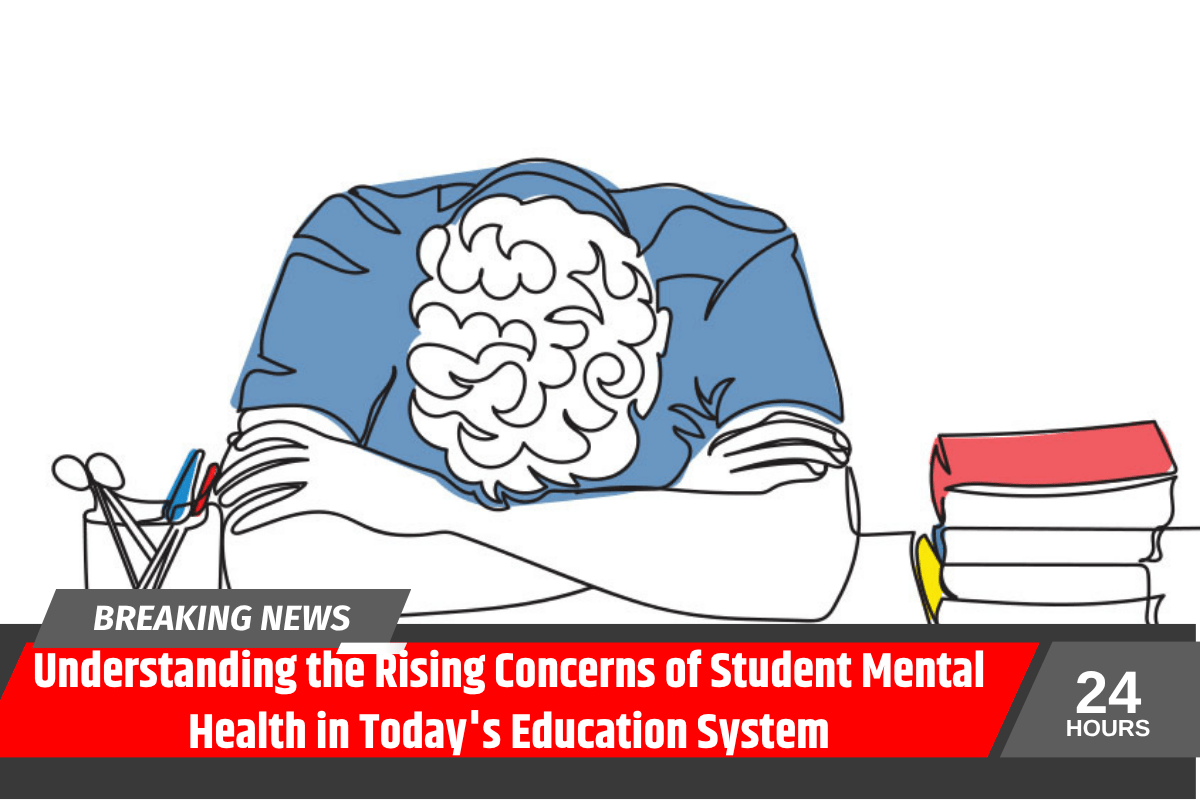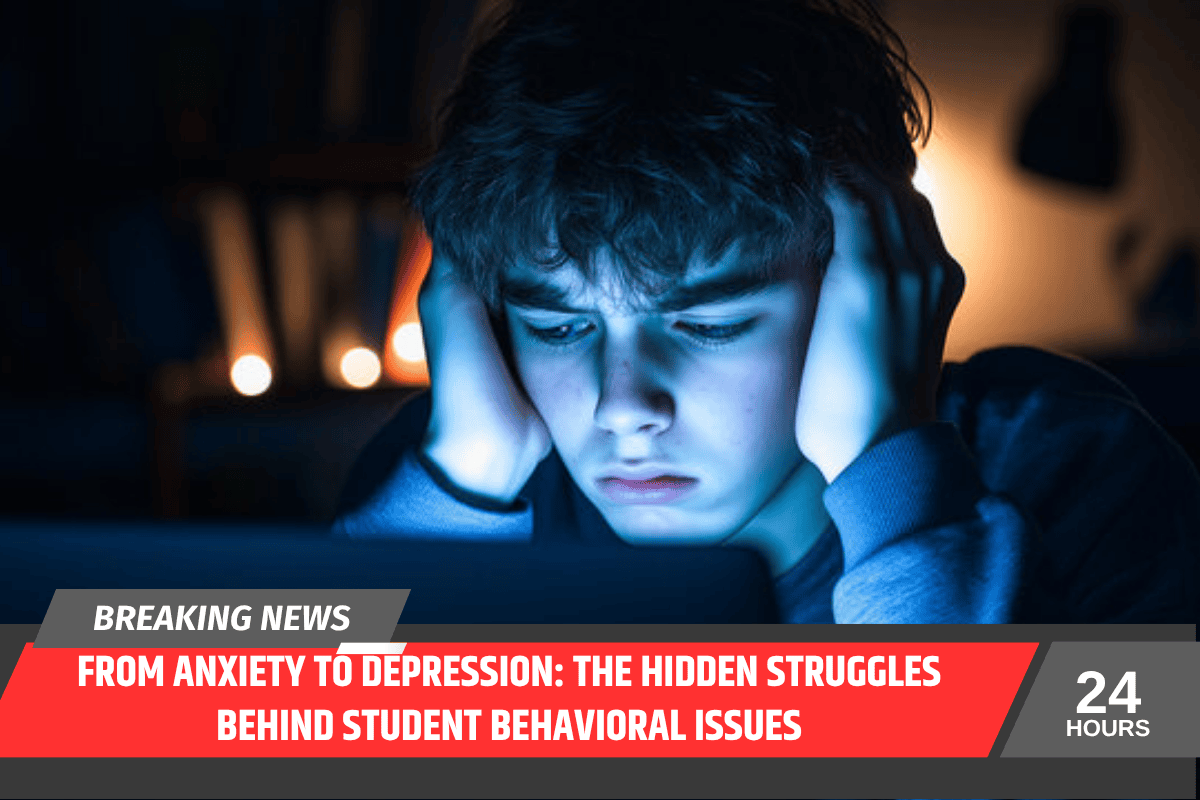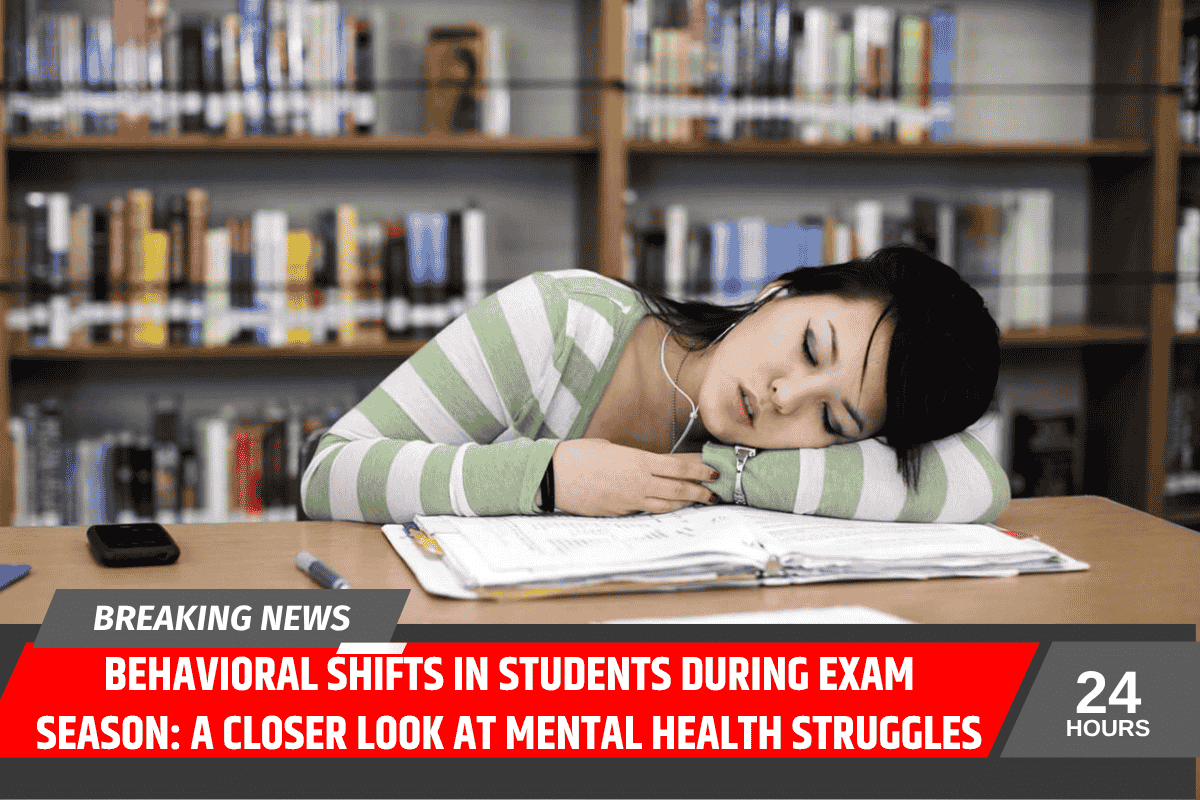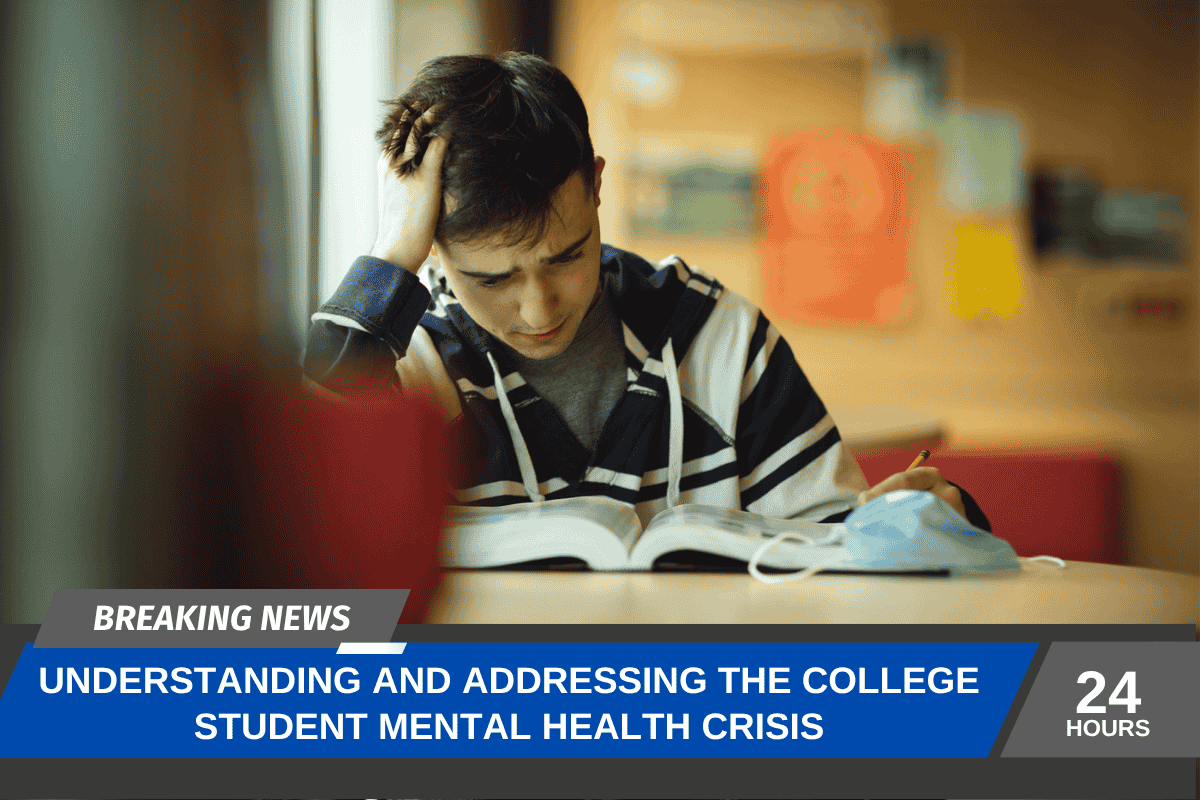Student mental health has become an increasing concern for colleges across the United States, and the situation is worsening.
According to the Healthy Minds Study conducted in the 2020-2021 school year, more than 60% of college students experienced at least one mental health issue.
In a separate survey, nearly three-quarters of students reported experiencing moderate to severe psychological distress. This problem was evident even before the pandemic, with rising demand for mental health services outpacing the ability of college counseling centers to meet the needs.
The Challenges Faced by College Counseling Centers
Even though many schools have increased their counseling staff, experts say that hiring more professionals alone is not enough to address the issue. Michael Gerard Mason, a long-time college counselor, stated that even with a larger team, his school could never fully meet the growing demand for mental health support.
While some factors, like a reduction in the stigma around seeking help, are positive developments, students today are facing complex challenges such as academic pressure, financial stress, and the emotional toll of social issues like mass violence and the COVID-19 pandemic.
Innovative Approaches to Mental Health Care
As the problem grows, schools are becoming more creative in finding solutions to help students. Traditional counseling models are being supplemented with peer counseling, group therapy, and telehealth services.
Many schools are also equipping faculty and staff to better identify students in distress and provide support when needed.
According to Kevin Shollenberger, vice provost for student health at Johns Hopkins University, addressing student mental health requires a holistic, campus-wide approach that involves everyone working together.
Increased Demand for Mental Health Services
Between 2009 and 2015, the number of students seeking help at campus counseling centers rose by 40%. However, the funding to support this increase has not kept pace, leading to higher caseloads.
As a result, counselors are finding it harder to provide sufficient care to students, especially those with severe issues like trauma or suicidal thoughts.
To address this, schools are implementing more efficient intake processes and offering more focused care through a “stepped-care” model, which tailors support based on the severity of the student’s issues.
A Shift Toward Group and Peer Counseling
While individual therapy remains important, many schools are recognizing that not all students need one-on-one counseling. Group therapy has become an increasingly popular way to address a wide variety of issues, including anxiety, grief, and trauma.
Peer counseling programs, like those at the University of Virginia and Washington University, also play a vital role.
These programs offer students a chance to talk to their peers, often in a confidential and less intimidating setting.
At the same time, schools are using more informal methods like counselor chats in public spaces to reach underserved groups, such as first-generation college students or those from minority communities.
Faculty and Staff as First Responders
Given the rise in student mental health issues, faculty and staff are becoming critical in identifying and helping students who may be struggling.
In some cases, they are trained in basic mental health support through programs like Mental Health First Aid. These efforts aim to teach faculty how to recognize warning signs and refer students to appropriate resources.
For example, changes in a student’s behavior—such as poor attendance or a decline in academic performance—can signal that they need help.
At some schools, faculty are even given strategies to address mental health issues in the classroom, especially in light of global events that may impact students’ well-being.
Crisis Support and Wellness Resources
Colleges are also becoming more proactive in managing mental health crises. Some institutions, like Penn State, have set up crisis lines that are available 24/7, while Johns Hopkins is piloting a crisis support program that pairs mental health professionals with campus security officers to conduct wellness checks.
Beyond crisis support, schools are providing wellness programs like sleep seminars, stress management workshops, and apps for mindfulness to help students manage their mental health more effectively.
The Need for Systemic Change
While these efforts are important, experts agree that more support is needed to create a sustainable solution. Many college students still struggle with mental health issues, and the current system is often not enough to meet their needs.
Universities need to continue to innovate and provide better resources and support to students, not only through counseling but also by fostering a culture of well-being across the entire campus.
The mental health crisis in colleges is a growing concern that needs immediate attention. Schools must think creatively and implement new strategies to support their students, ensuring that help is available when students need it most.
Whether through peer counseling, group therapy, or better support systems for faculty, addressing student mental health is more important than ever.

